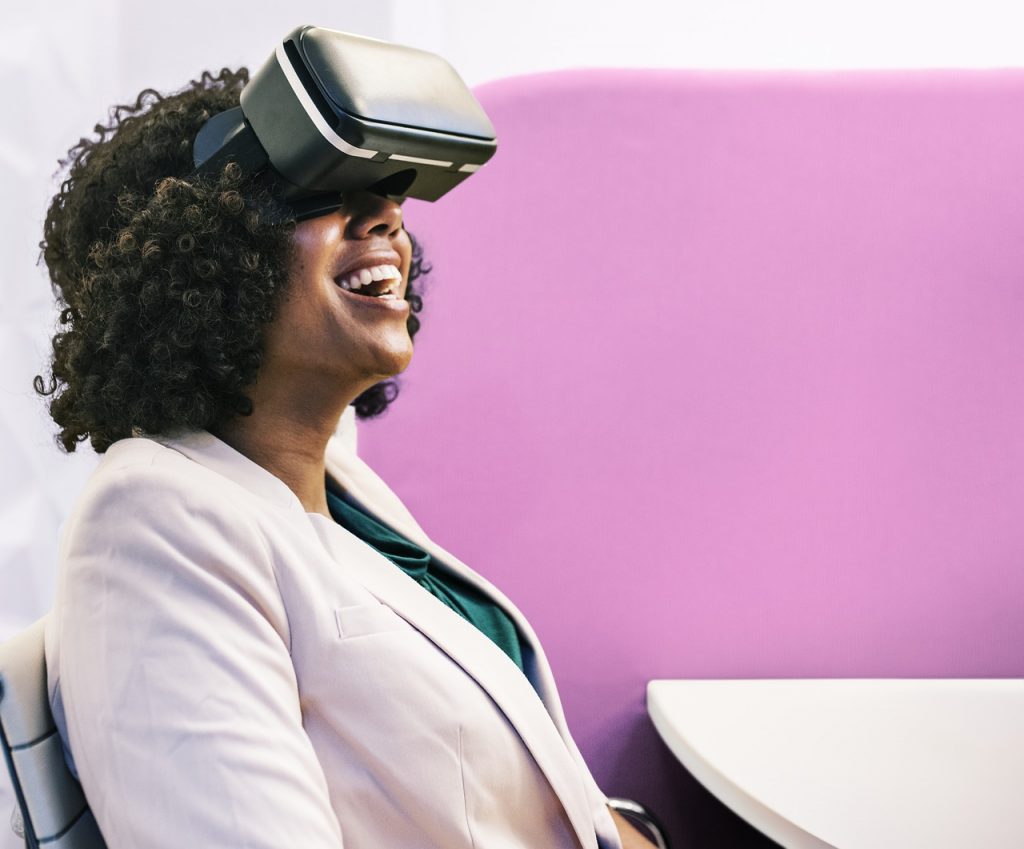Human resources departments across the enterprise universe are now, slowly but steadily, realizing it. The future is not far away, and the workplace of today is not how it’s likely to be in the future. Almost every business today, across industry verticals, is heavily dependent on technology for sustenance and success in the market. Because of the breakneck speed of technological evolution, businesses that align quickly with the technology mindset are likely to reap the benefits in the very near future. Instrumental to this is the idea of a future-ready workplace.
What’s a future-ready workplace?

Before we explain that, let’s understand the factors that make this discussion important.
- Digital technologies have penetrated the consumer market and are now transforming workplaces.
- The lines of distinction between personal and professional life are blurring for employees; technology can help them balance both.
- Technologically advanced workplaces are more productive, collaborative, and efficient as compared to traditional workplaces.
A future-ready workplace is one that is able to identify the most important technologies that can help employees work smarter, better, and quicker than before.
These workplaces then integrate these technologies into the core of the work-environment in a scalable and sustainable manner, thus empowering the organization. Next up, let’s talk about some technologies that are right at the center of this future-ready workplace movement.
Unified communications and collaboration tools
Strong communication capabilities are a key differentiator for the future-ready workplace. And, unified communications and collaboration tools are tremendously important enablers of this prolific and genuine trend. The global UC&C market is continuing its rapid growth across markets.
Unified communications tools provide employees with a single environment to manage all their communications, right from emails to fax, from voicemail to instant messages.
Using VoIP, unified communication technology integrates several different communication platforms, reducing communication costs. People can be reached easily even if they’re not near their fixed line telephones. Also, with unified communications, organizations have to deal with less administration and can keep only a single communication service provider.
Collaboration tools such as Microsoft Teams and Slack offer future-ready solutions for people to interact quicker, better, and in a more engaging manner. The smooth and endearing user experiences of this software, along with their built-in information management and task management options make them particularly useful.
Virtual reality in the workplace

It’s estimated that the global VR market will be worth $30 billion by the end of 2020! VR’s applications and impact extend far beyond mere entertainment. VR at the workplace — that’s an exciting aspect of the growth story of virtual reality.
VR will help employees be empathetic towards the business’ customers as well as colleagues from other teams. By experiencing VR recordings of moments from days in the life of others, organizational workers will rapidly enhance their vision and deeply understand the impact of their work on the lives of others.
Companies will also be able to hire top talent from any region of the world, with the confidence that virtual reality will help the employee quickly integrate with the workplace. Also, VR has the potential of transforming the concept of conference calls, letting people engage better by “visualizing” others in 3D.
Human resources department will use VR to deliver advanced training to employees from all organizational levels, helping them scale up quickly. Also, VR offers opportunities to “fail cheaply and quickly” by helping engineers and designers create virtual prototypes using VR simulations and avoid burning money in the process.
Video — the preferred mode of information delivery
Cisco estimates that by 2019, 80 percent of web traffic will be driven by video content. As millennials and generation Z keep on constituting greater proportions of the enterprise workforce, the relevance of video in enterprise communication will surge, and this must be considered in any future-ready workplace.
Because video captures body language, it becomes a great medium for training delivery. Video content can grandly improve the quality of communication and help employees “showcase” their problems much better than merely writing to explain them. Video also has a lot of potential in making meetings better.
Analytics — leveraging data to win the future

Every day, every worker produces massive contextual data. When all these datastreams can be collected and fed to an analytics engine, organizations can draw insights of all kinds and use them to improve the workplace significantly.
Deloitte, in its guide to workforce analytics, suggests that the main benefit of analytics in the workplace is to anticipate disruption before it occurs.
Analytics has a lot to contribute in making the workplace productive — whether it’s by mapping employees with the right experience and skills to the right jobs, or to empower decision makers by providing them smart reports on the move.
Bettering talent investments, filling skill demand-supply gaps, providing actionable feedback to employees — HR can leverage analytics for many of its important functions. Self-service analytics and BYOD, together, can empower all decision makers in your workplace with easily accessible and mobile-ready dashboards that help them make better decisions in the field without causing them to break stride.
Virtual assistance via chatbots
Chatbots are AI-powered instant messenger interfaces that use natural language processing (NLP) to interact with humans just like other humans! The coming together of machine learning and NLP in a chatbot means that these programs talk like humans, and get smarter with time.
Workplaces of the future will have advanced capabilities in terms of empowering each employee with virtual assistants. Chatbots are already playing this role. These messengers can answer many kinds of questions related to company policies, work processes, and almost anything else a human representative can do.
Also, chatbots can help employees plan their workdays, give them productivity tips, connect them to useful web resources, and help them collaborate with other employees. The best part — these chatbots upgrade themselves and eventually become perfectly married to the nuances of an employee’s manner of speaking, work methods, etc.
It’s up to you
The workplace is evolving as quickly as the grand scope of business technologies is expanding. The onus of making their organization’s workplace ready for the future, in terms of technology, rests with HR and IT. If you don’t have a future-ready workplace, you will be living in the past.
Featured image: Shutterstock



